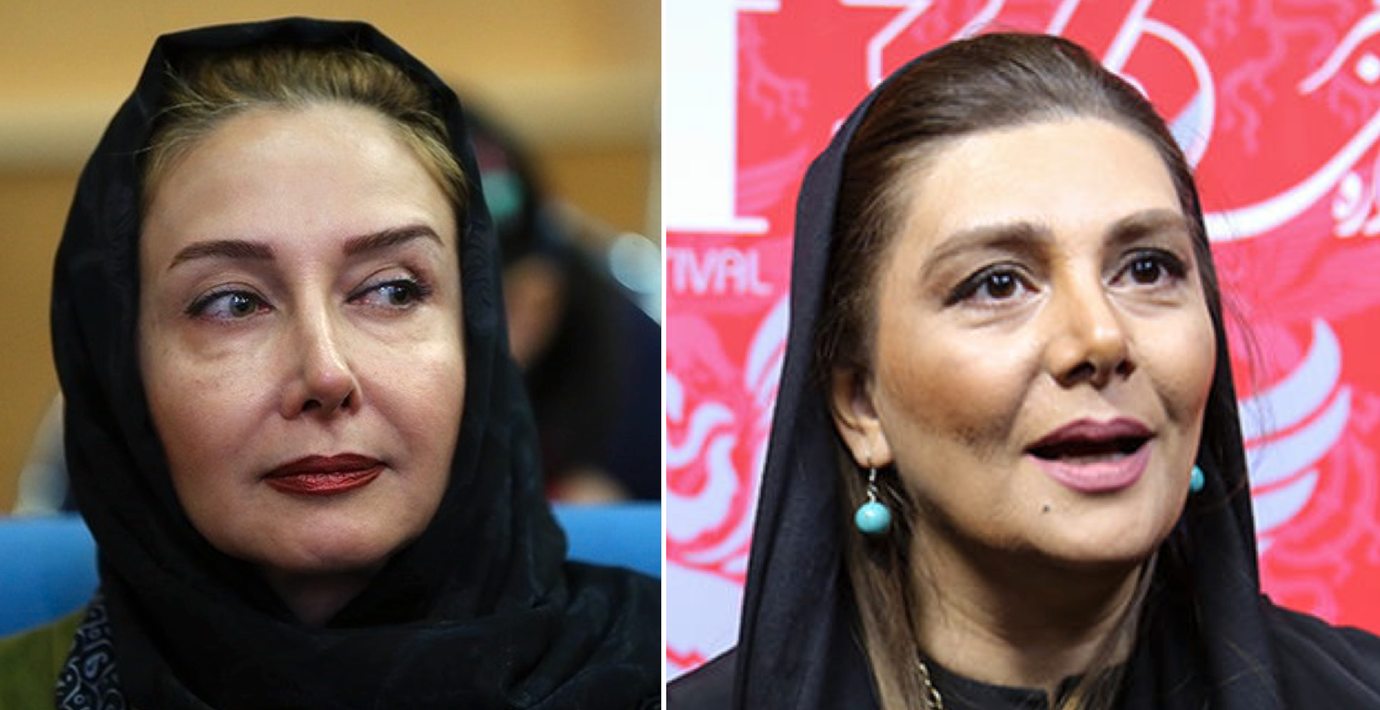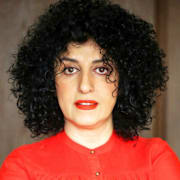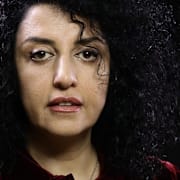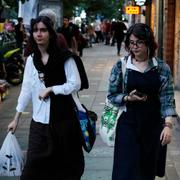
Iranska skådespelare gripna efter slöjprotester
De kända iranska skådespelarna Katayoun Riahi och Hengameh Ghaziani har gripits efter att ha visat stöd för kvinnoprotesterna i landet. Det skriver Hollywood reporter.
Enligt den statliga nyhetsbyrån IRNA ska de ha gjort ”provokativa” inlägg i sociala medier. Hengameh Ghaziani har kallat iranska regeringen för ”barnamördare” i inlägg på Instagram. I lördags, dagen innan hon greps, lade hon upp en video där hon tar av sin obligatoriska slöja och säger:
– Det här kanske blir mitt sista inlägg. Vad som än händer mig ska ni veta att jag som alltid står med det iranska folket till mitt sista andetag.
Katayoun Riahi greps efter att ha gjort en intervju i Londonbaserade Iran International TV utan slöja.
bakgrund
Protestvågen efter Mahsa Aminis död
Wikipedia (en)
An ongoing series of protests and civil unrest against the government of Iran began in Tehran on 16 September 2022 as a reaction to the death of 22-year-old Mahsa Amini (Persian: مهسا امینی), who had been arrested by the Guidance Patrol for wearing an "improper" hijab — in violation of Iran's mandatory hijab law — while visiting Tehran from Saqqez. According to eyewitnesses, Amini had been severely beaten by Guidance Patrol officers, an assertion denied by Iranian authorities.The protests quickly spread from Amini's hometown of Saqqez to other cities in the province of Kurdistan and to other provinces within Iran. In response to these demonstrations, beginning on 19 September the Iranian government implemented regional shutdowns of Internet access. As protests grew, a widespread Internet blackout was imposed along with nationwide restrictions on social media. Supreme Leader Ayatollah Ali Khamenei dismissed the widespread unrest not only as "riots" but also as an "hybrid war" caused by foreign states and dissidents abroad. Women, including schoolchildren, played a key role in the demonstrations. Whereas earlier major protests, which were violently quelled by the Iranian government, focused on election results or economic woes, the 2022 protests, besides increased rights for women, had one main demand: the overthrow of the Islamic Republic. The protests were the biggest threat to the government since the 1979 Islamic revolution, according to The Guardian. Unlike the 2019–2020 protests, the 2022 protests were "nationwide, spread across social classes, universities, the streets [and] schools".According to the non-profit organization Iran Human Rights, as of 19 November 2022 at least 378 people including 43 minors under 18 years of age had been killed as a result of the government's intervention in the protests, involving tear gas and gunfire, making the protests the deadliest since the 2019–2020 protests that resulted in more than 1,500 fatalities. This response to the protests was widely condemned.
Omni är politiskt obundna och oberoende. Vi strävar efter att ge fler perspektiv på nyheterna. Har du frågor eller synpunkter kring vår rapportering? Kontakta redaktionen



